Medieval Axe: The Knight’s Weapon of Choice
The medieval axe was the knight’s weapon of choice, renowned for its formidable power and versatility on the battlefield. This essential tool, favored by knights and warriors alike, played a pivotal role in the brutal and strategic combat of the Middle Ages.
Design and Function
The medieval axe came in various forms, each tailored to different combat needs. The battle axe, with its long handle and broad, sharp blade, was designed for delivering powerful, sweeping strikes. This design allowed knights to cleave through armor and shields, making it highly effective in breaking enemy lines and fortifications. The axe’s long handle provided the necessary leverage to maximize the force of each strike, a crucial factor in medieval warfare where strength and impact were paramount.
Versatility in Combat
In addition to the heavy battle axe, knights also utilized smaller hand axes for close-quarters combat. These hand axes were lightweight and maneuverable, allowing for quick, precise strikes. They could also be thrown as projectiles, adding to their versatility on the battlefield. This adaptability made the medieval axe a reliable weapon for various combat scenarios, from mounted charges to foot battles.
Symbol of Status
Beyond its practical uses, the medieval axe also served as a symbol of status and authority. Ornately decorated axes were often carried by knights and nobles, signifying their rank and prowess. These axes were not only weapons but also symbols of honor and valor, reflecting the knight’s esteemed position in medieval society.
The medieval axe, with its blend of power and versatility, remains an enduring symbol of the knight’s martial skill and courage. Its legacy highlights the craftsmanship of medieval blacksmiths and the fierce determination of the warriors who wielded it.

 Historical & Medieval Reproduction
Historical & Medieval Reproduction Historical & Medieval Helmets
Historical & Medieval Helmets Chest Plate Armor
Chest Plate Armor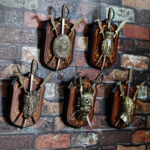 Historical & Medieval Shields
Historical & Medieval Shields Leg Armor
Leg Armor Arm Armor
Arm Armor Shoulder Armor
Shoulder Armor Full Suit of Armor
Full Suit of Armor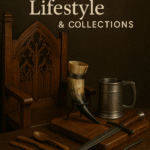 Medieval Lifestyle & Collections
Medieval Lifestyle & Collections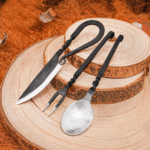 Medieval Cutlery & Tools
Medieval Cutlery & Tools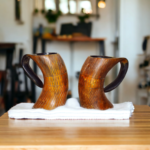 Viking Drinking Horn, Mug & Tankard
Viking Drinking Horn, Mug & Tankard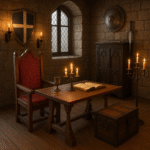 Medieval Furniture & Decor
Medieval Furniture & Decor Larp Costume & Ren Faire Clothing
Larp Costume & Ren Faire Clothing Leather Breastplate
Leather Breastplate Medieval Leather Armor Parts | Belts, Tassets, Arm & Leg Guards
Medieval Leather Armor Parts | Belts, Tassets, Arm & Leg Guards Medieval & Historical Footwear | Viking Shoes & Boots
Medieval & Historical Footwear | Viking Shoes & Boots Chainmail
Chainmail Men’s Chainmail Armor
Men’s Chainmail Armor Women’s Chainmail Armor
Women’s Chainmail Armor Medieval Weaponry: Artifacts of History
Medieval Weaponry: Artifacts of History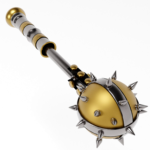 Medieval Mace & Flail
Medieval Mace & Flail Medieval Axe
Medieval Axe Historical And Medieval Swords
Historical And Medieval Swords Musical Instruments
Musical Instruments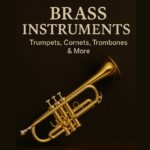 Brass Instruments | Trumpets, Cornets, Trombones & More for Musicians
Brass Instruments | Trumpets, Cornets, Trombones & More for Musicians Woodwind Instruments | Saxophones, Clarinets, Flutes & More
Woodwind Instruments | Saxophones, Clarinets, Flutes & More Nautical and Maritime Collection
Nautical and Maritime Collection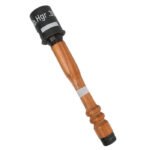 WW1 And WW2 collectable & Reproduction
WW1 And WW2 collectable & Reproduction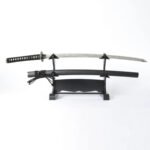 Wooden Display Stands Holder
Wooden Display Stands Holder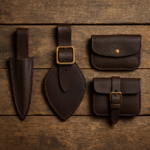 Leather Sheaths, Holsters & Pouches | Utility Gear
Leather Sheaths, Holsters & Pouches | Utility Gear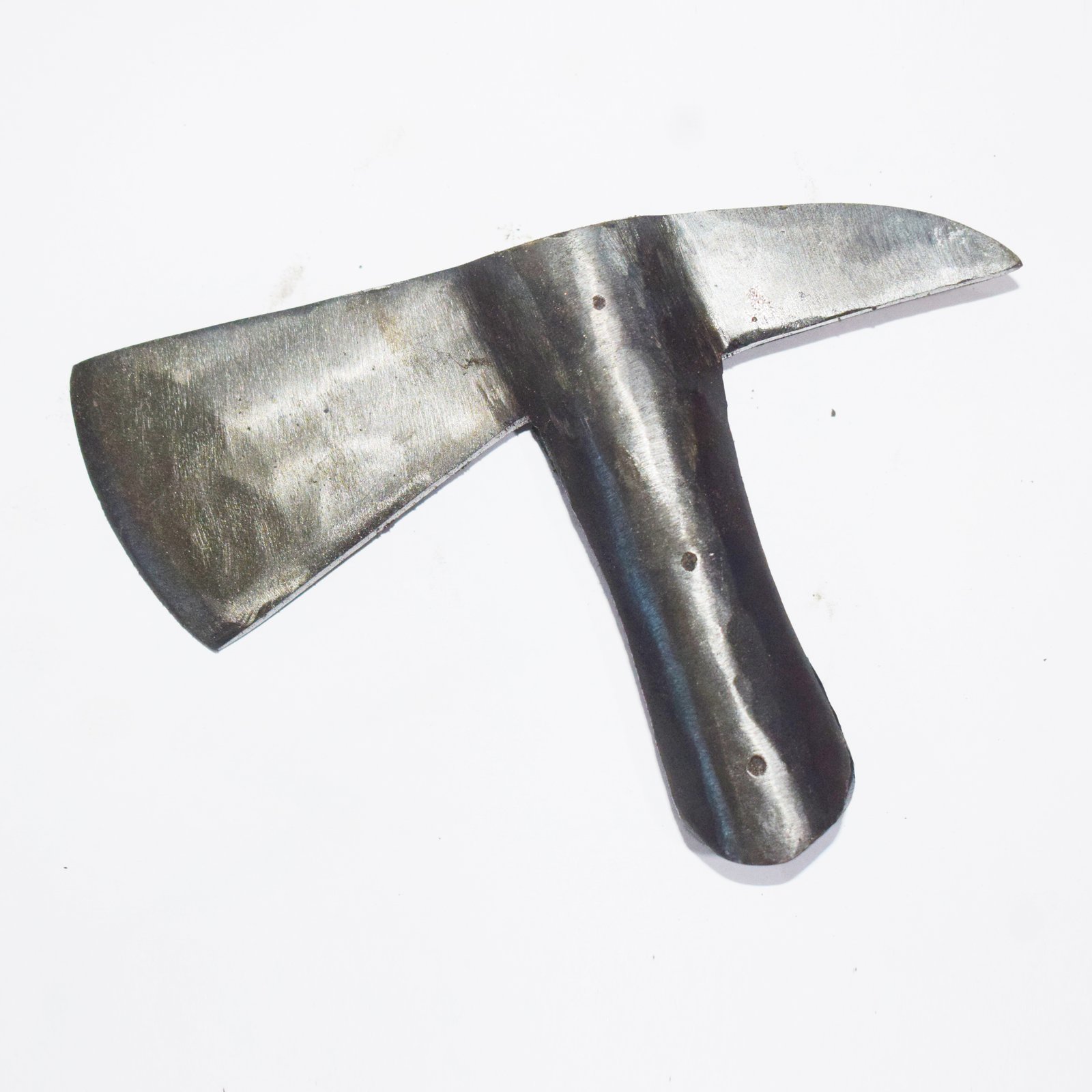

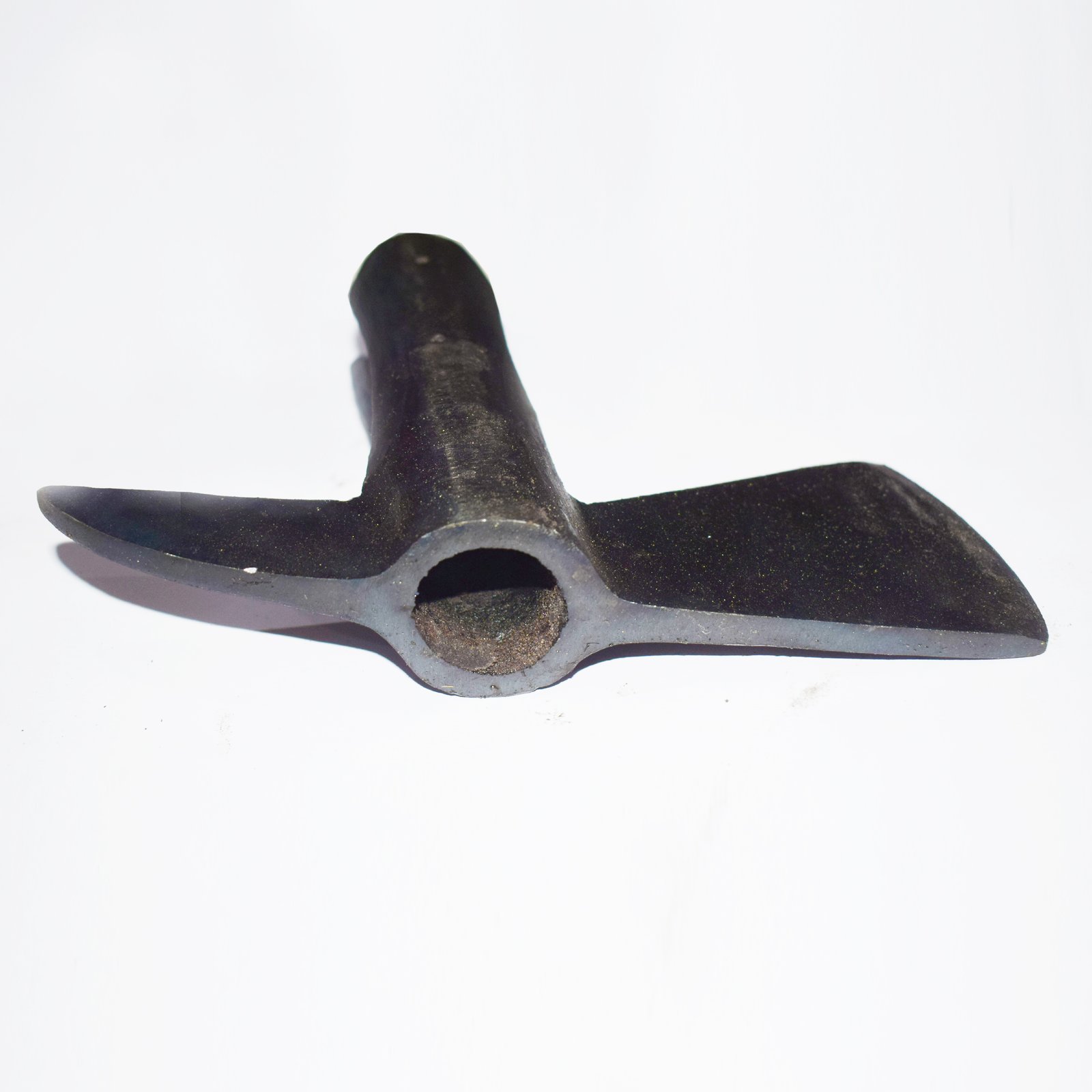

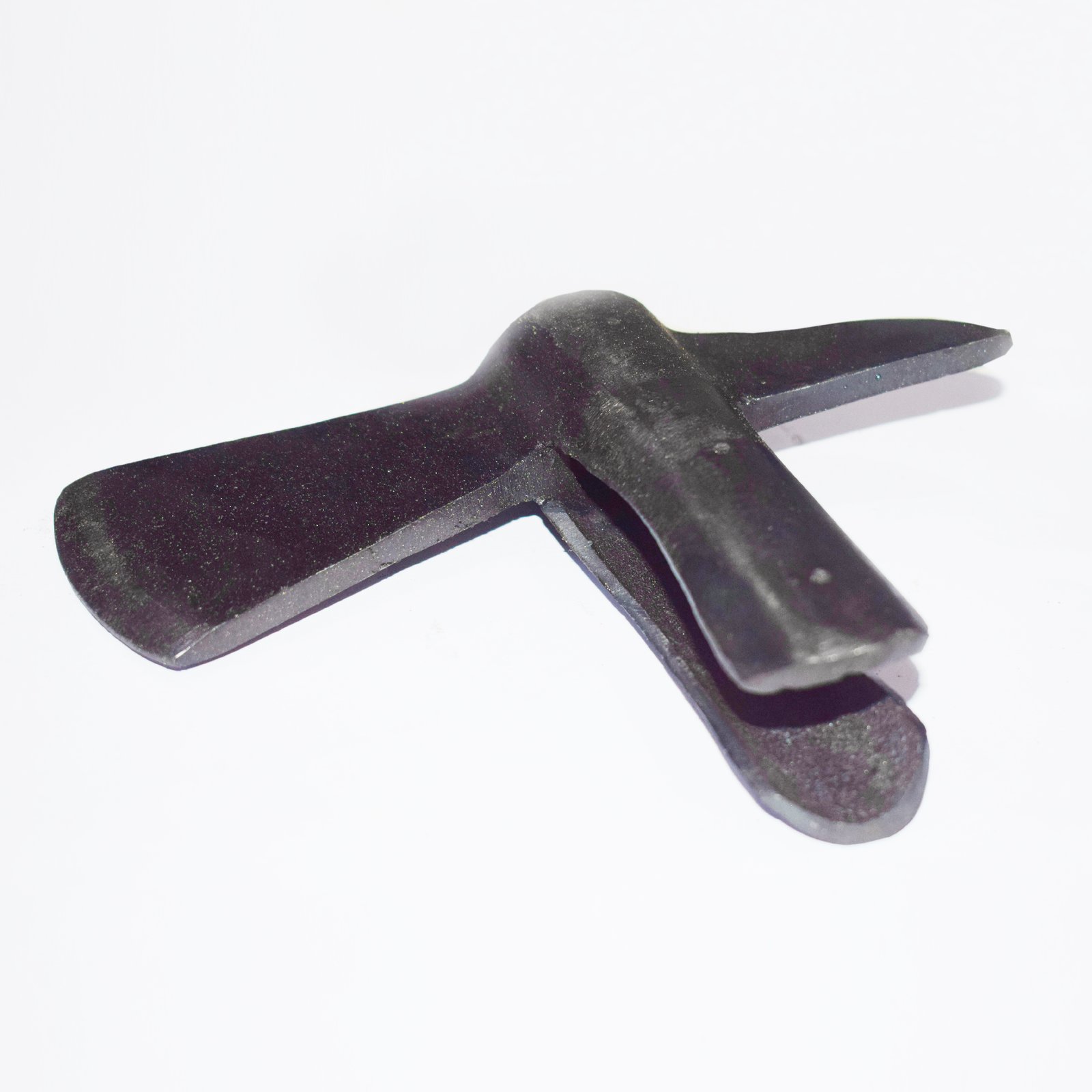
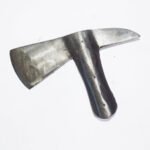
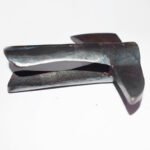

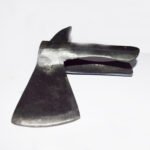
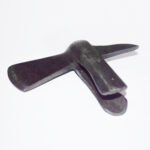
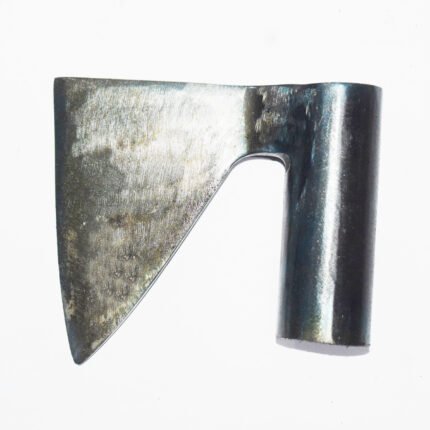



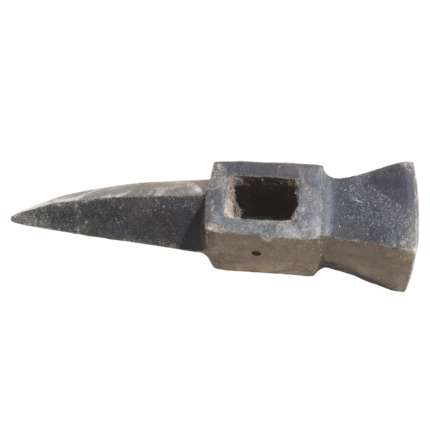
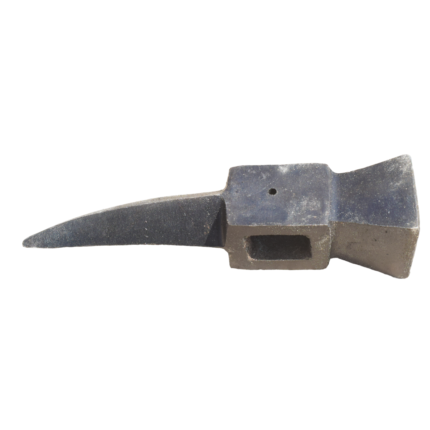

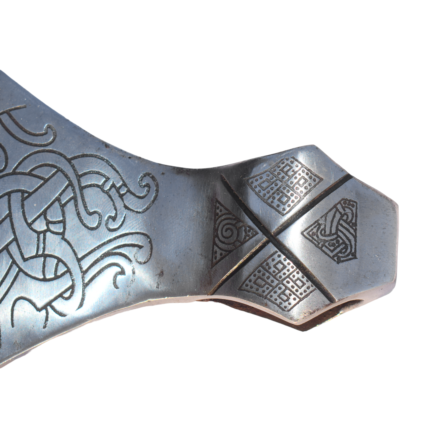

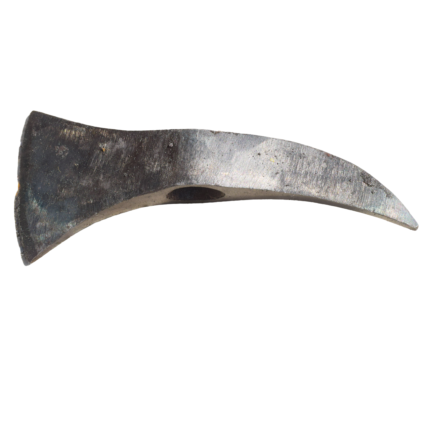

Reviews
There are no reviews yet.